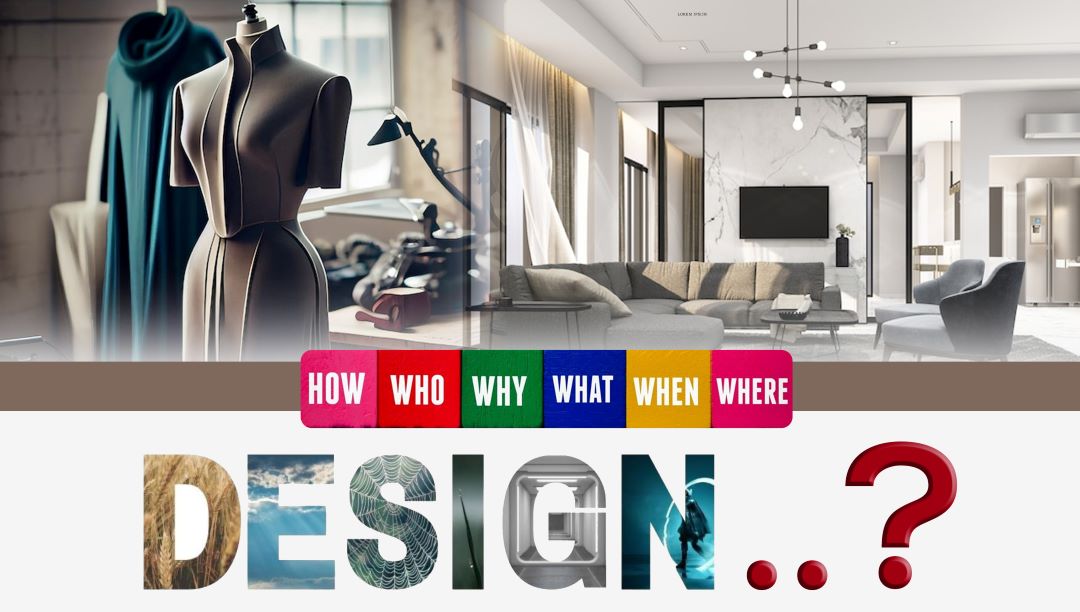What is Design?
Design is
the process of developing or planning a products appearance, functionality, and
usability. To find the optimal solution that satisfies the users demands and
goals while also taking into account elements like beauty, functionality,
safety, and sustainability, it requires problem-solving and decision-making
skills.
Design can
encompass a wide range of disciplines, including graphic design, product
design, interior design, fashion design, web design, and more. In each of these
fields, designers use their creativity, technical skills, and knowledge of
materials and production processes to create innovative and effective solutions
that meet the needs of their clients or users.
In addition to improving a product or environments aesthetic and utility, good design can also promote social and cultural values, economic development, and environmental sustainability.
How Design is useful in our day-to-day life?
Design
plays a significant role in our day-to-day lives, often without us even
realizing it. Here are a few ways in which design is useful in our daily lives:
User experience:
Design helps create products and services that are intuitive and easy to use.
From the layout of a website to the interface of a mobile app, good design
helps users achieve their goals quickly and efficiently.
Communication:
Design helps convey information visually in a clear and concise manner. From
the icons on our phone screens to the packaging of our products, design helps
us understand and connect with the world around us.
Aesthetics:
Design can enhance the beauty of our surroundings, making our environments more
enjoyable and inspiring. From the furniture in our homes to the buildings we
work in, good design can uplift our mood and enhance our well-being.
Problem-solving: Design thinking is a problem-solving approach that can be applied to a wide range of issues in our daily lives. From figuring out the most efficient way to organize our schedules to coming up with creative solutions to complex problems, design thinking can help us find innovative solutions. Overall, design is a versatile and essential tool that helps us navigate and improve our daily lives.
How Design is evolved from history to modern world?
Ancient Times:
In ancient times, design was primarily focused on practicality and
functionality. Examples of this can be seen in the architecture of ancient civilizations
such as the pyramids of Egypt and the temples of Greece.
Middle Ages:
During the Middle Ages, design was heavily influenced by the Church. Art and
architecture were used to convey religious messages, and Gothic architecture
emerged as a dominant style.
Renaissance:
The Renaissance period saw a renewed interest in classical art and
architecture, as well as the emergence of new techniques in art and design.
This period also saw the development of printing technology, which led to the
mass production of books and other printed materials.
Industrial Revolution:
The Industrial Revolution brought about significant changes in design, with a
focus on mass production and efficiency. This led to the emergence of new
materials and technologies, such as steel and the assembly line.
Modernism:
The modernist movement emerged in the early 20th century, with a focus on
simplicity, functionality, and the use of new materials such as concrete and
glass. The Bauhaus school in Germany was a key proponent of this movement.
Postmodernism:
In the late 20th century, postmodernism emerged as a reaction against the
modernist movement. Postmodern design often incorporates elements of past
styles and combines them in new and unexpected ways.
Contemporary Design: Today, design continues to evolve,
with a focus on sustainability, digital technology, and user experience.
Designers are increasingly incorporating technology into their work, creating
interactive and immersive experiences for users.
Overall,
the evolution of design has been influenced by a range of factors, from
cultural and social changes to technological advancements. Today, design
continues to evolve, with designers pushing the boundaries of what is possible
and creating new and innovative solutions to meet the needs of the modern
world.
What is Good Design and Bad Design?
Good design
is an effective solution to a problem that meets the needs of its users, while
also being aesthetically pleasing and functional. A good design is
user-centered, considers the user experience and usability, and is created with
a deep understanding of the users needs and desires.
On the
other hand, bad design is a solution that fails to meet the needs of its users,
is difficult to use, or is aesthetically unappealing. Bad design often results
from a lack of user research or a disregard for user needs, and can lead to
frustration, confusion, and ultimately, user disengagement.
To summarize, the key differences between good and bad design are:
- Good design
is effective, while bad design is ineffective.
- Good design
is user-centred, while bad design is not.
- Good design considers the user experience and usability, while bad design does not.
- Good design is aesthetically pleasing and functional, while bad design is unappealing and dysfunctional.
What is Ergonomic?
Ergonomics is the study of how to design and arrange things in order to make them comfortable, efficient, and safe for human use. It is also known as human factors engineering.
In essence, ergonomics is about creating an environment or designing a product in a way that fits with the abilities, limitations, and needs of people who will be using it. This can involve considering factors such as posture, movement, lighting, noise, temperature, and accessibility.
Ergonomics is used in a variety of fields, including workplace design, product design, transportation, and healthcare. The goal is to optimize the physical and mental well-being of individuals, while also improving productivity, safety, and overall quality of life.
Future of Design?
The future
of design is likely to be heavily influenced by technological advancements,
changing consumer needs, and societal shifts. Here are some potential trends
that could shape the future of design:
Sustainability:
As consumers become more aware of the impact that fashion has on the
environment, designers are likely to increasingly focus on sustainability. This
may include using eco-friendly materials, reducing waste, and creating clothing
that is designed to last.
Personalization:
With the help of technology, designers may be able to offer more personalized
clothing options to consumers. This could include using AI to create custom
designs based on individual preferences, or offering made-to-measure clothing
that fits perfectly.
Inclusivity:
Fashion designers are increasingly recognizing the importance of inclusivity
and diversity, and this trend is likely to continue into the future. This could
include designing clothing for a wider range of body types and sizes, as well
as creating clothing that is more accessible to people with disabilities.
Virtual and augmented reality: As technology continues to advance, designers may increasingly use virtual and augmented reality to showcase their designs. This could include virtual fashion shows, as well as virtual and augmented reality shopping experiences.
Overall, the future of design is likely to be exciting
and full of opportunities, but designers will need to be adaptable and stay
up-to-date with the latest technologies and trends to succeed in this rapidly
evolving field.
Mr. Avinash
Kumar Design Mentor
Lakhotia
college of Design,
HYDERABAD







Leave a reply